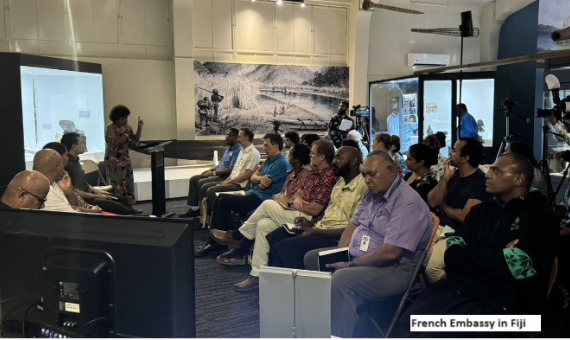Regional Marine Protection Priorities, Pacific BioScapes Programme - Fiji, Palau and Vanuatu
The Pacific BioScapes Programme aims to identify and strengthen the management of Key Biodiversity Areas (KBA) in the Pacific region. These areas are 'sites contributing significantly to the global persistence of biodiversity’, in terrestrial, freshwater and marine ecosystems. The KBA identification process requires a highly inclusive, consultative, and bottom-up, approach focused on the national level when proposing sites to communities.Call Number: [EL]Physical Description: 1 p.







